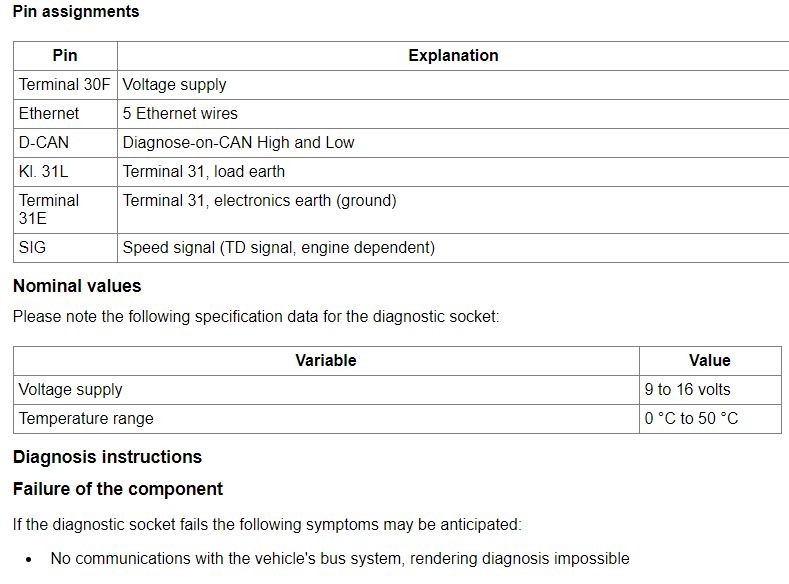Is your scan tool failing to connect to your 2016 BMW X3? The OBD2 port is essential for diagnostics, allowing communication with your vehicle’s computer. If you’re experiencing connection issues, troubleshooting the power supply to this port is a crucial first step. Let’s investigate common causes and guide you through checking your OBD2 port.
First, a common issue can be traced back to fuse 12 located within the Front Electronics Module (FEM). The FEM in your BMW X3 is typically found in the passenger side A-pillar area. This fuse is responsible for providing power to the OBD2 port. If this fuse is blown, it could very well be preventing your scan tool from powering up. However, keep in mind that fuse 12 also supports other systems like DSC (Dynamic Stability Control) and HVAC (Heating, Ventilation, and Air Conditioning). If those systems are also malfunctioning, a blown fuse becomes a highly probable cause.
Next, to pinpoint the problem, utilize a multimeter to conduct voltage checks directly at the diagnostic socket. You should verify the presence of battery voltage (Terminal 30F) at the appropriate pin, along with confirming good ground connections at both the load earth (Terminal 31L) and electronics earth (Terminal 31E) terminals. These power and ground circuits are fundamental for the operation of any external scan tools you might be using.
A thorough examination should also include the wiring harness that runs from the OBD2 port back to the FEM. Carefully inspect these wires for any signs of damage, such as breaks, shorts, or corrosion. Wiring faults can easily disrupt the power or communication signals required for the OBD2 port to function correctly.
Do not overlook the terminating resistor, which should have a resistance of approximately 120 ohms and is installed between pins 6 and 14 (CAN bus connections). Furthermore, while power is essential, remember that Ethernet connections, if used, require a total of 5 pins. Therefore, the issue might not solely be power-related. Consider the possibility of a faulty OBD2 socket itself or internal failure within the FEM module.
By systematically checking the fuse, voltage at the port, wiring integrity, and considering component failures, you can effectively troubleshoot and diagnose why the OBD2 port in your 2016 BMW X3 might not be working as expected. If these steps don’t resolve the issue, it may be necessary to investigate further for broader electrical system problems or consult a professional for advanced diagnostics.
